Daikonstruction
Thursday, 28 August 2008 by kinakoJam
Thursday, 28 August 2008 by kinakoJam


Posted in: | 2 comments | |
Wednesday, 27 August 2008 by kinakoJam
Posted in: | 0 comments | |
Monday, 25 August 2008 by nalika


 They also have free wireless internet. And nice sofas. Great.
They also have free wireless internet. And nice sofas. Great. Is it a French bulldog? or some mix of Boston terrier and bull dog?
Is it a French bulldog? or some mix of Boston terrier and bull dog?Posted in: café, Chain restaurants, Coffee, ice cream, Restaurant Review, Sweets, Thailand | 2 comments | |
by nalika
 I brought muu deang (red pork) from the city.
I brought muu deang (red pork) from the city.

 Very funky.
Very funky.Posted in: "in praise of blandness", eating green, eating local, mushrooms, Thai Food, Thailand, Vegetables | 2 comments | |
Sunday, 24 August 2008 by Dr Maytel
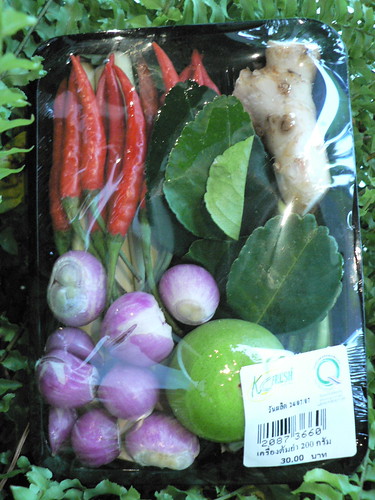
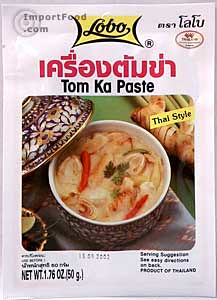

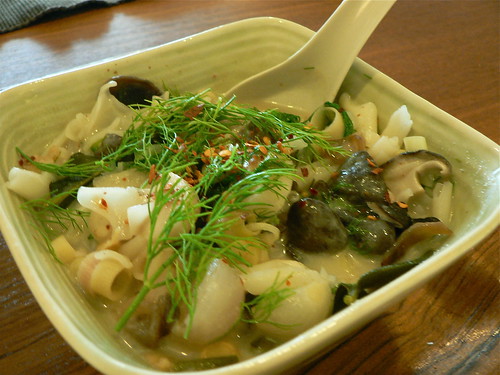
Posted in: Herbs, magic mushrooms, phat noodles, pickles, Thai Food, Thailand, Vegetables | 1 comments | |
Saturday, 23 August 2008 by nalika

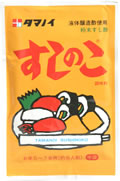 (this image is from the manufacturer Tamanoi's website)
(this image is from the manufacturer Tamanoi's website)Posted in: food terrorism, Japanese food, roe, sushi | 4 comments | |
Thursday, 21 August 2008 by kinakoJam
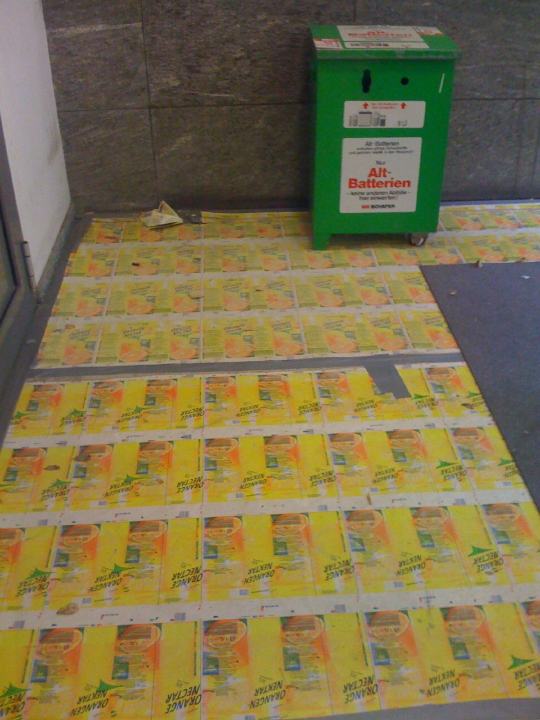
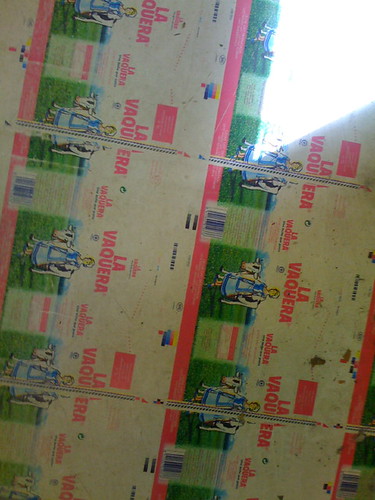

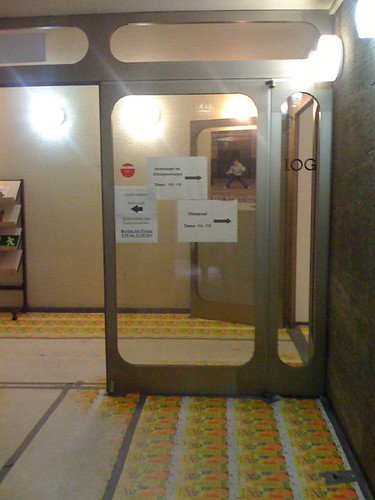
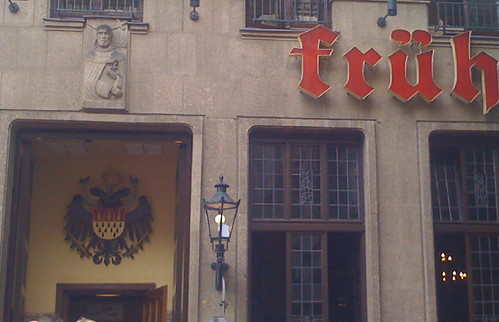


Posted in: Cologne food, German food, Köln food | 3 comments | |
by Dr Maytel
One of my early remembrances of restaurant life was going to Tijuana in 1925 or 1926 with my parents, who were wildly excited that they should finally lunch at Caesar's restaurant. Tijuana, just south of the Mexican border from San Diego, was flourishing then, in the prohibition era. People came down from the Los Angeles area in droves to eat in the restaurants; they drank forbidden beer and cocktails as they toured the bars of the town; they strolled in the flowered patio of Agua Caliente listening to the marimba band, and they gambled wickedly at the casino. Word spread about Tijuana and the good life, and about Caesar Cardini's restaurant, and about Caesar's salad.
My parents, of course, ordered the salad. Caesar himself rolled the big cart up to the table, tossed the romaine in a great wooden bowl, and I wish I could say I remember his every move, but I don't. The only thing I see again clearly is the eggs. I can see him break 2 eggs over that romaine and roll them in, the greens going all creamy as the eggs flowed over them. Two eggs in a salad? Two one-minute coddled eggs? And garlic-flavored croutons, and grated Parmesan cheese? It was a sensation from coast to coast, and there were even rumblings of its success in Europe.
How could a mere salad cause such emotion? But, one remembers, that was way back in 1924, when Caesar Cardini invented it, and it was only in the early twenties that refrigerated transcontinental transportation came into being. Before then, when produce was out of season in the rest of the country, there was no greenery to be had. Before then, too, salads were considered rather exotic, definitely foreign, probably Bolshevist, and, anyway, food only for sissies.

Posted in: Egg, Food Nostalgia, mexican food, Salad | 1 comments | |
Tuesday, 19 August 2008 by Dr Maytel
Posted in: food humour, pizza | 0 comments | |
by Dr Maytel
Posted in: food questions | 0 comments | |
by Dr Maytel
Posted in: food politics | 0 comments | |
Monday, 18 August 2008 by Dr Maytel
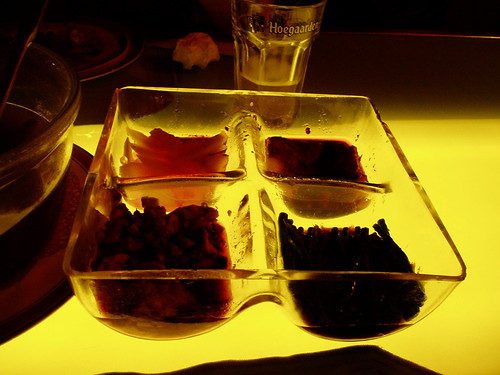
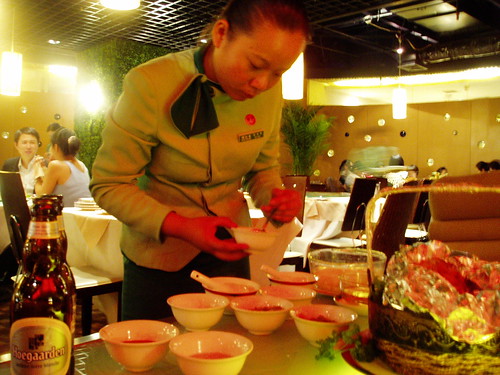
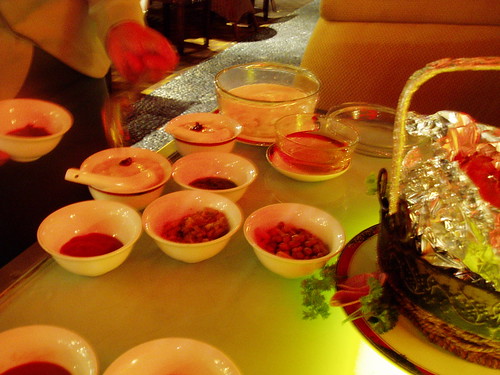

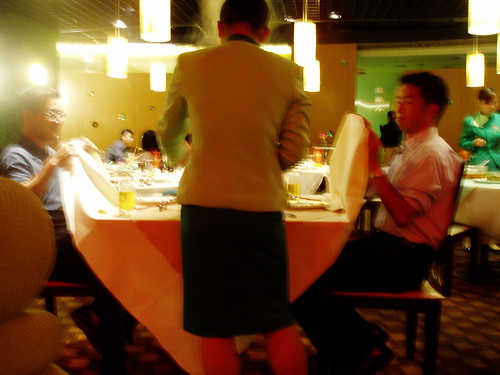

Posted in: beige food, Beijing, Chain restaurants, chilli, Chinese Food, pickles, tofu | 1 comments | |
by kinakoJam

Posted in: Alcohol, Food Nostalgia, wine | 2 comments | |
Sunday, 17 August 2008 by kinakoJam
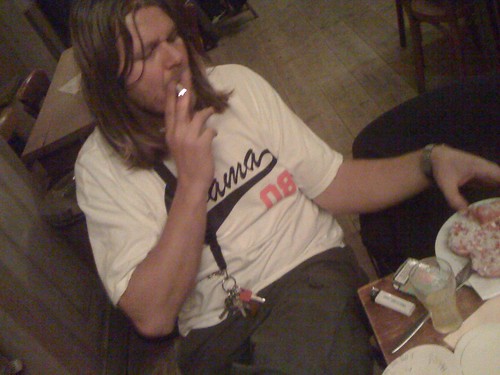
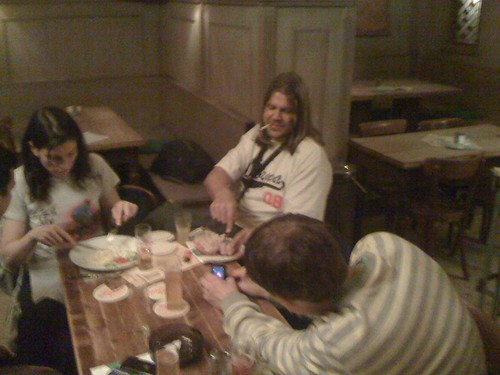
Posted in: ass kicking condiments, Cologne food, German food, Köln food, schwein gehabt, Squeamish eats | 2 comments | |
Friday, 15 August 2008 by kinakoJam
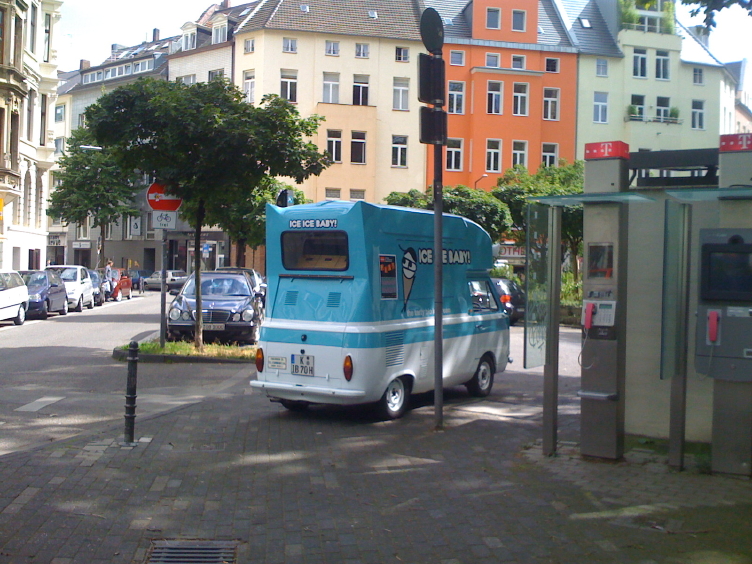
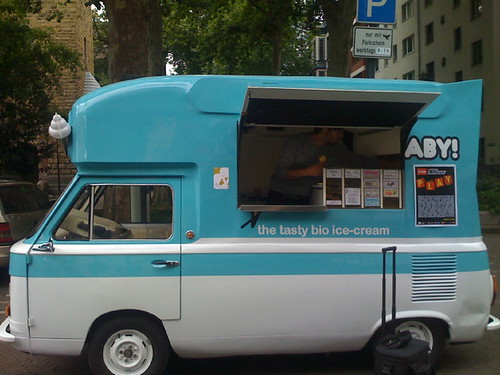

Posted in: Cologne food, food 4 musicianz, ice cold, Köln food | 0 comments | |
Thursday, 14 August 2008 by Dr Maytel
Steingarten in Vogue reminds me a little of running “quality” articles in Playboy magazine.
Reading through the recent food-politics bookshelf, it's too easy to take away an "industrial food bad, local food good" attitude. But how many modern-day locavores would readily embrace the life of, say, a 19th-century prairie farmer, tending to livestock, grain crops, and a vegetable patch without electricity or machine power? Shopping at farmers markets and joining CSAs -- activities I wholeheartedly support -- present a necessary challenge to a global food system gone mad, but are unlikely to prove sufficient for transforming it. To mount a real challenge, we'll need a clear-eyed grounding in the history and economics of food production, in addition to locavore zeal. And that's were Roberts makes an important contribution.....Robert's historical frame drives home a key point that his predecessors didn't quite nail down: In many ways, modern food production is an attractive response to centuries of chronic food insecurity. Who wants to spend nearly all of one's income on food, and rely on sugared tea as a key source of calories, as did the 19th-century British working class? Who wants to spend hours a day preparing food as peasant women did, not by choice but for survival? By the dawn of the 20th century, people quite understandably longed for food security and freedom from drudgery. The modern food system -- for all of the new problems it created -- largely met those desires, at least in the United States and Europe. The locavore movement will eventually have to confront them head on.
Posted in: Book Recommendation, Food ethics, food history, Food Industry, Food News, food politics, Industrial food | 4 comments | |
Wednesday, 13 August 2008 by Hock
Posted in: fast food, Food Safety | 1 comments | |
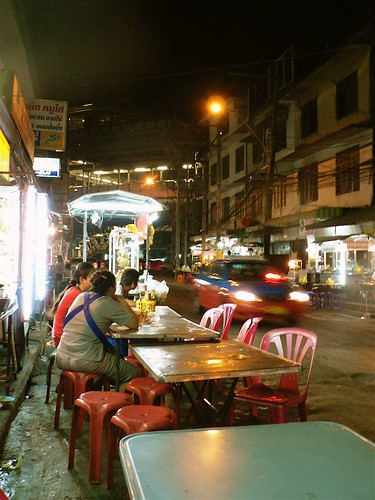
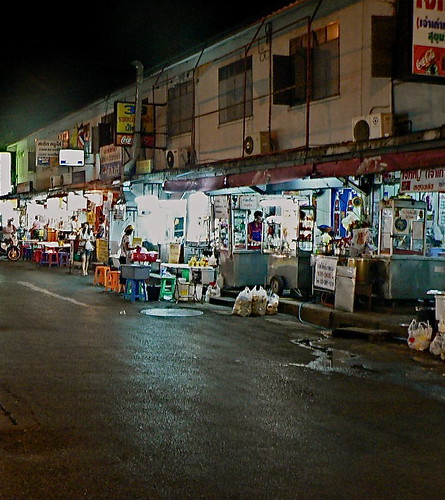
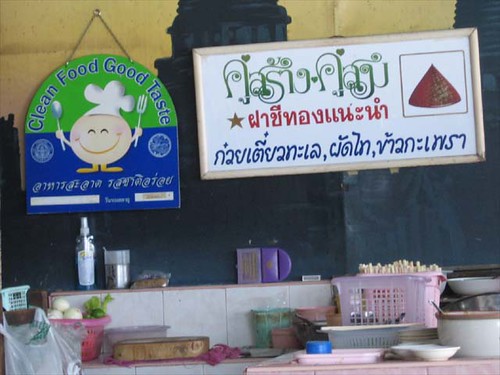
Posted in: Bangkok, BBQ, Food Industry, phat noodles, pure gangsta, Thai Food, Thailand | 7 comments | |
"Jonathan Gold, the LA Weekly food critic who won a Pulitzer Prize last year, said he understands the spirit of the freeze, which is an urban planning measure meant to keep the neighborhood, South Los Angeles, from being swallowed up by drive-though fast food restaurants. (A separate measure by the city provides economic incentives for new grocery stores and restaurants with table service.)
Fast food chains, he said, are like jellyfish in the ocean: with too many in one area, nothing else can thrive.
But he worries that the law could keep out places of more culinary interest. South Los Angeles has the best barbecue in the city, he said, and it has a growing number of cooks from Mexico and Central America making lamb barbacoa and pupusas. “Anytime you try to ban something, there’s a lot of bycatch,” he said.
The moratorium’s definition of a fast food business is any stand-alone restaurant that dispenses food, to stay or to go, and that has “a limited menu, items prepared in advance or prepared or heated quickly, no table orders, and food served in disposable wrapping or containers.” It is up to the city’s director of planning to decide which places fit that definition.
The councilwoman behind the moratorium, Jan Perry, says its intent is not to crush food choices, but to encourage variety and give residents more nutritious options. Making healthy decisions about food is difficult when people have small incomes, the grocery store is five miles away and a $1 cheeseburger is right around the corner, she and supporters of the ban say.
The moratorium doesn’t mean that people who live within the affected 32-square-mile zone will be cut off from the pleasures of an inexpensive cheeseburger and hot fries. More than 45 percent of the 900 restaurants there — the highest concentration in the city — are fast food chains.
The idea is to bring new eating options to the city’s food deserts, the term now in vogue to describe poor neighborhoods whose residents have few places to buy fresh groceries.
“People do not understand what happens in a disenfranchised community,” said Councilwoman Perry, who represents neighborhoods in the area. “The fact remains, there are not a lot of food choices in South L.A.”
Since there is not much land left to develop in the area, the moratorium will allow city planners time to determine what kinds of businesses would be best in an area where rates of obesity and diseases related to it are disproportionately high.
“What we’re beginning to see is almost the monopolization of our dietary intake by a handful of corporations,” said David Zinczenko, editor in chief of Men’s Health magazine and the author of several diet books, including “Eat This, Not That! for Kids!” (Rodale, 2008).
“Add to that the financial reality of feeding ourselves today, where a single grapefruit from a corner fruit stand costs two or more times as much as a few Chicken McNuggets,” he said, “and I think you can begin to put together a case for governmental intervention.”
But not everyone agrees, including Joe R. Hicks, a radio talk show host who was the executive director of Los Angeles’s Human Relations Commission under Mayor Richard Riordan a decade ago. The two now work for a think tank that focuses on race relations.
“The crime in all of this is that people are sitting around meddling into the very minutiae of what people are putting in their mouths,” he said.
He argues that the ban assumes the 500,000 people who live in South Los Angeles are intellectually incapable of deciding what to eat.
“There is not a single public health crisis in the history of mankind that has been solved by handing out brochures,” said Harold Goldstein, executive director of the California Center for Public Health Advocacy.
In South Los Angeles, the burgers continue to fry.
“There is a sentiment here that it is a little anti-American, but people forget government tells businesses where to go all the time,” said Eddie North-Hager, a blogger who runs a community bulletin board focused on his neighborhood, Leimert Park, which is about 90 percent black and within the ban area.
He says there are 10 McDonald’s restaurants within three miles of his home. “It seems like a lot,” he said, “and that’s just McDonald’s.”
Posted in: American Food, Food ethics, hand to mouth, the homer simpson chronicles | 2 comments | |
Tuesday, 12 August 2008 by Dr Maytel
The expansion of superstores – like Wal-Mart and Target – has also played an important role in accounting for the inflation differentials between rich and poor. Superstores sell the same products as traditional shops at much lower prices. Today the poor do roughly twice as much of their buying of non-durable goods in these stores than the rich. So poor consumers have been the biggest beneficiaries of Wal-Mart coming to town.
Supermarkets tend to charge consumers lower prices and offer more diverse products and higher quality than traditional retailers - these competitive advantages allow them to spread quickly...The food price savings accrue first to the middle class, but as supermarkets spread into the food markets of the urban poor and into rural towns, they have positive food security impacts on poor consumers.
Posted in: food politics, supermarkets | 4 comments | |
by kinakoJam
Posted in: | 0 comments | |
by Dr Maytel
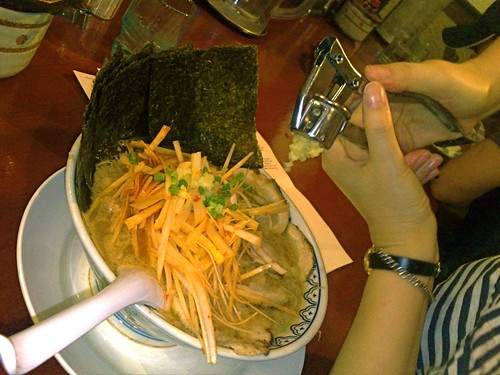
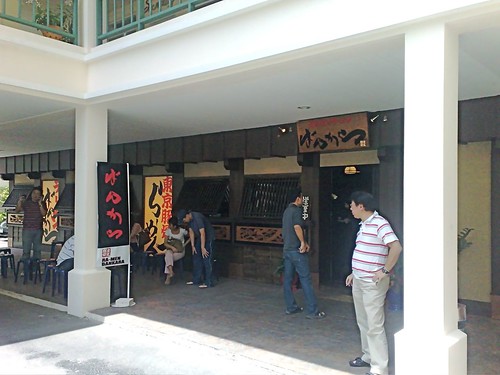

Posted in: Bangkok, Japanese food, middle class food, phat noodles, Restaurant Review, Thailand, 炒める | 4 comments | |
Monday, 11 August 2008 by nalika
Posted in: Food Songs, japan, phat noodles | 0 comments | |
by nalika
Posted in: food dance, japan, Vegetables | 2 comments | |
Sunday, 10 August 2008 by kinakoJam
Posted in: art food fashion, Vegetables | 0 comments | |
Saturday, 9 August 2008 by kinakoJam
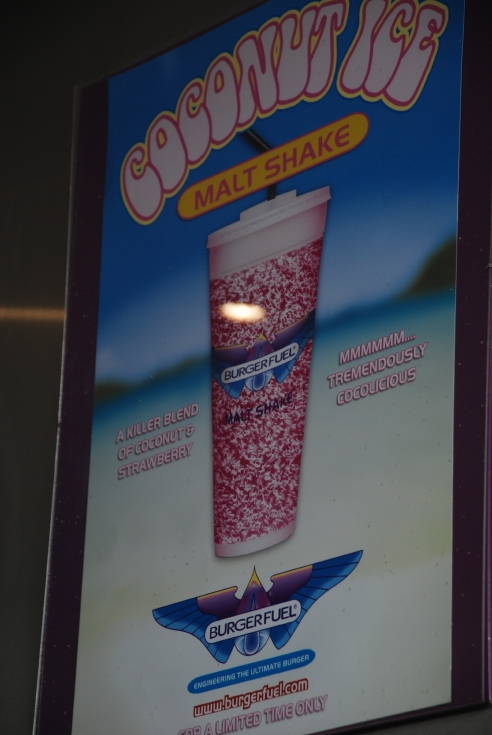
Posted in: "You ARE in Hataitai Now Dr. Ropata", kiwi cuisine, milk it, NZ food | 2 comments | |
Friday, 8 August 2008 by Dr Maytel
PORTLAND, Ore. — A New York man who pleaded guilty to murder in Oregon in exchange for buckets of fried chicken will get calzones and pizza to go with his life sentence.
Tremayne Durham, 33, of New York City, admitted last month that he fatally shot Adam Calbreath, 39, of Gresham, in June 2006. Durham wanted to sell ice cream and ordered an $18,000 truck from an Oregon company. He later changed his mind, but the company wouldn't provide a refund.
The would-be ice cream man came to Oregon and killed Calbreath, a former employee of the company, while looking for its owner, authorities said.
Durham agreed to plead guilty to murder _ but only if he could get a break from jail food. The judge agreed and granted Durham a feast of KFC chicken, Popeye's chicken, mashed potatoes, coleslaw, carrot cake and ice cream.
After Wednesday's sentencing, Durham was to get the rest of the deal _ calzones, lasagna, pizza and ice cream, his defense attorney confirmed. They will pay the tab.
Durham also got married Wednesday in a civil ceremony at the Portland courthouse. The wedding to Vanessa Davis, 48, also of New York City, was not part of the plea deal that will give Durham a chance for parole after 30 years.
Deputy District Attorney Josh Lamborn said Multnomah County Judge Eric Bergstrom made the right call in allowing the unusual plea agreement because it saved the expense of a trial and possible appeals.
Posted in: American Food, Chain restaurants, Chicken, food crimes, ice cold, last supper, the homer simpson chronicles | 0 comments | |
Thursday, 7 August 2008 by nalika



Posted in: Beer, Cologne food, food sculpture, Tokyo, Toronto food | 0 comments | |
by Dr Maytel
Posted in: Soup | 0 comments | |
by Dr Maytel
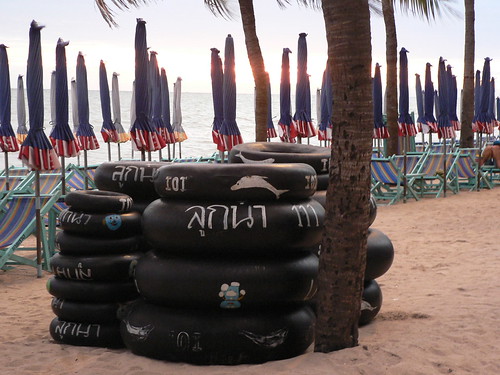


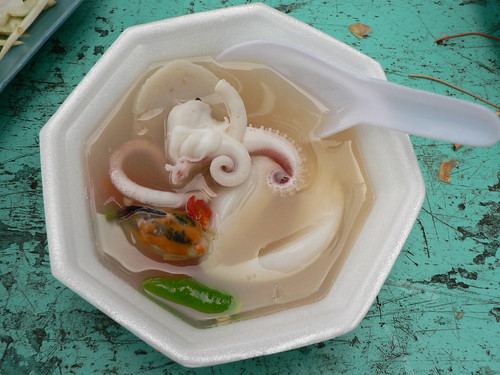
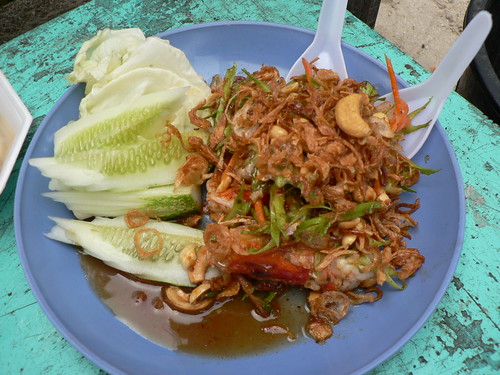
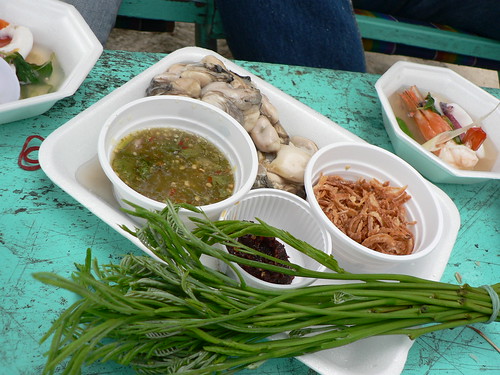


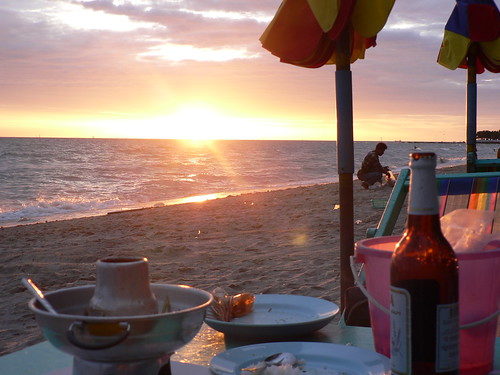
Posted in: BBQ, Beer, Seafood, Thai Food, Thailand, torturing cute animals with food | 3 comments | |
Copyright 2007 | All Rights Reserved.